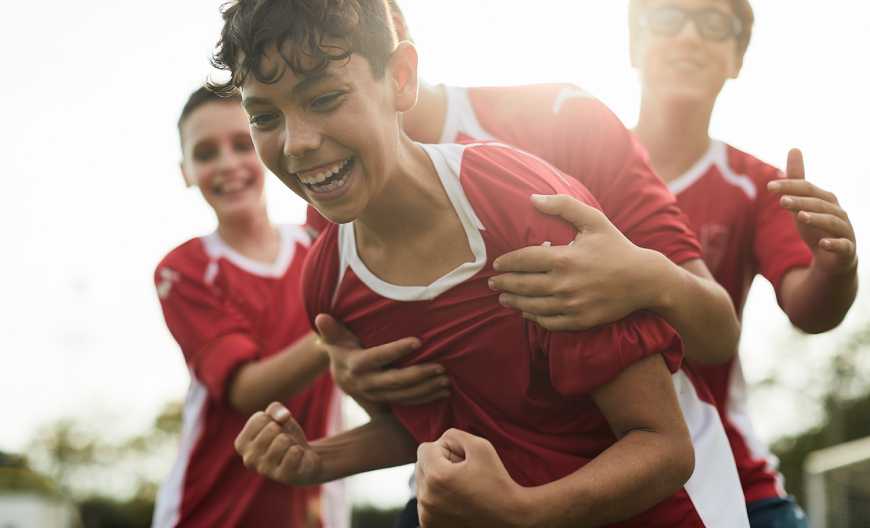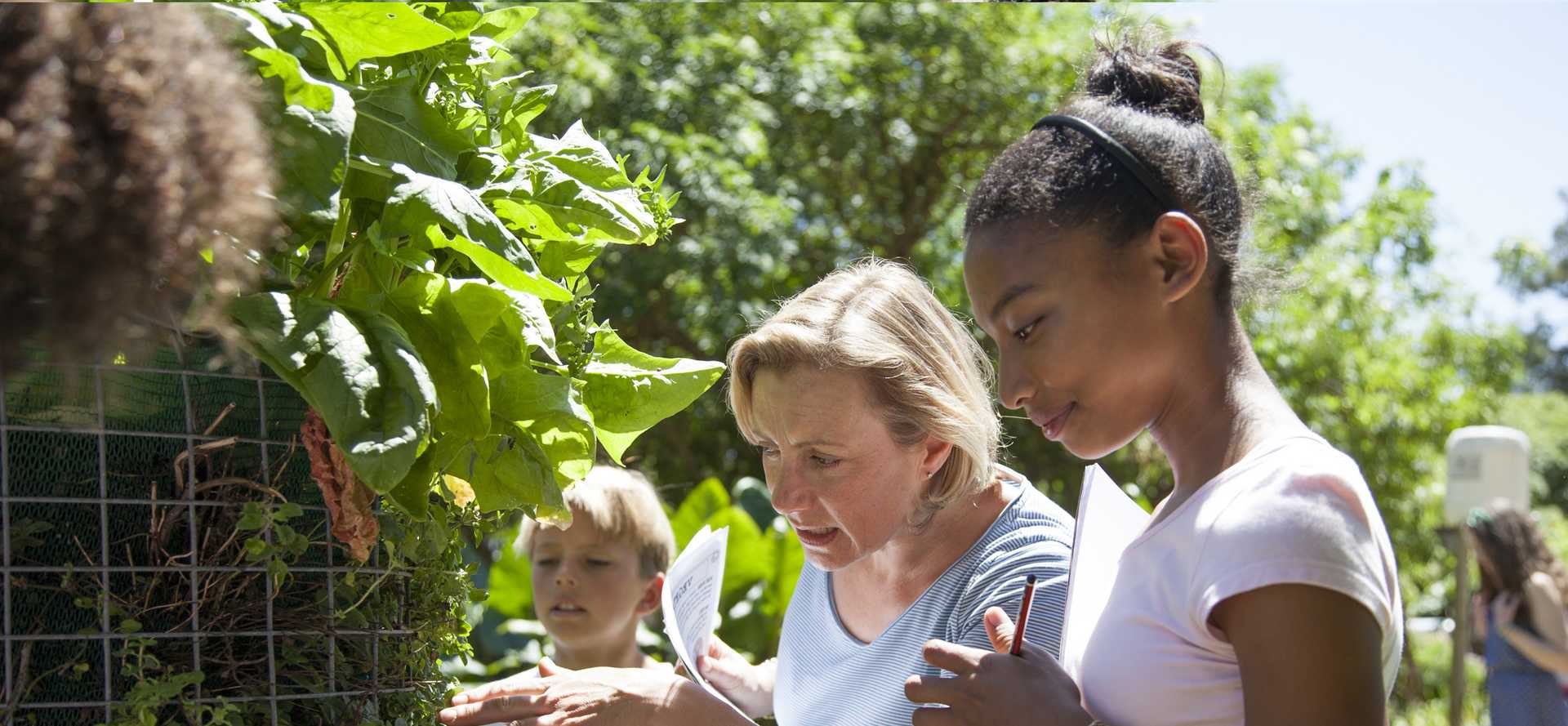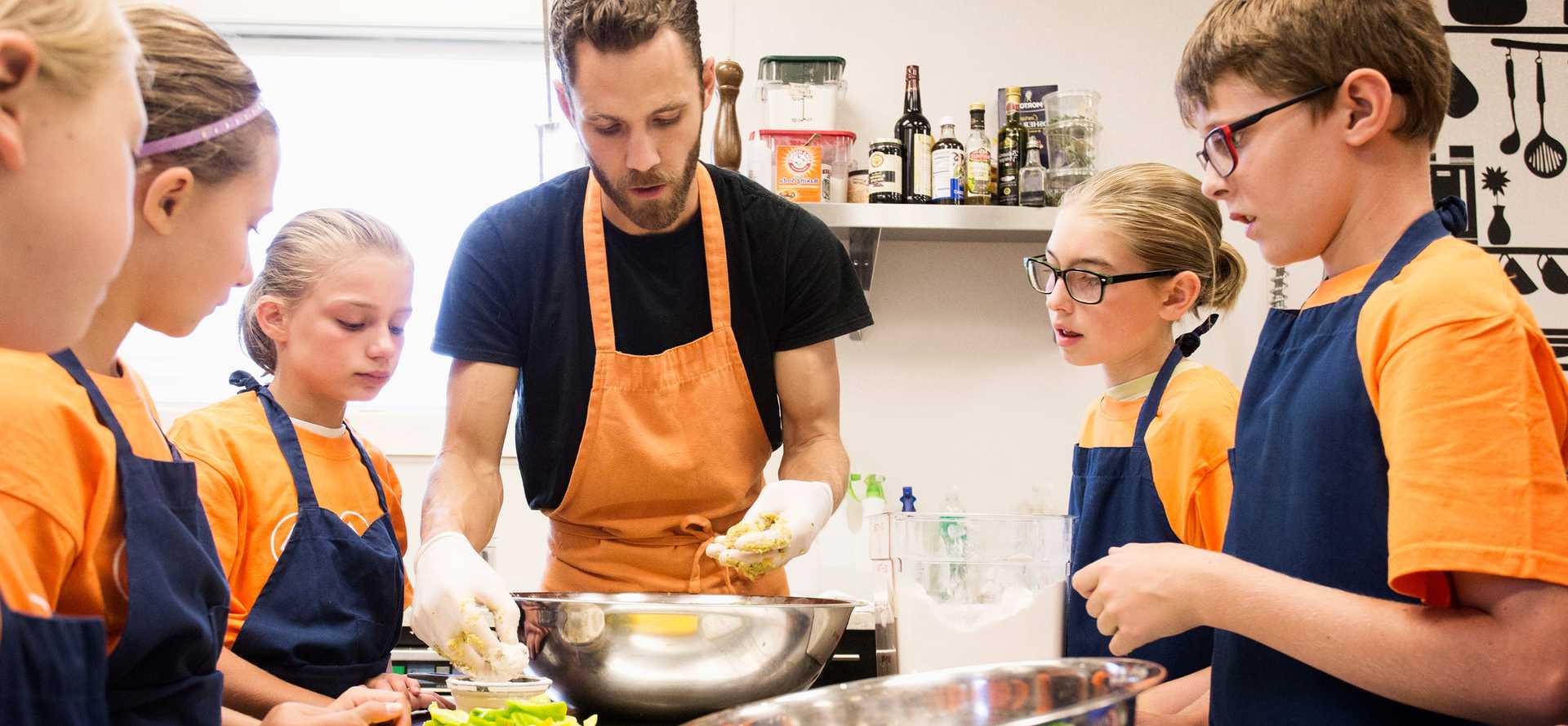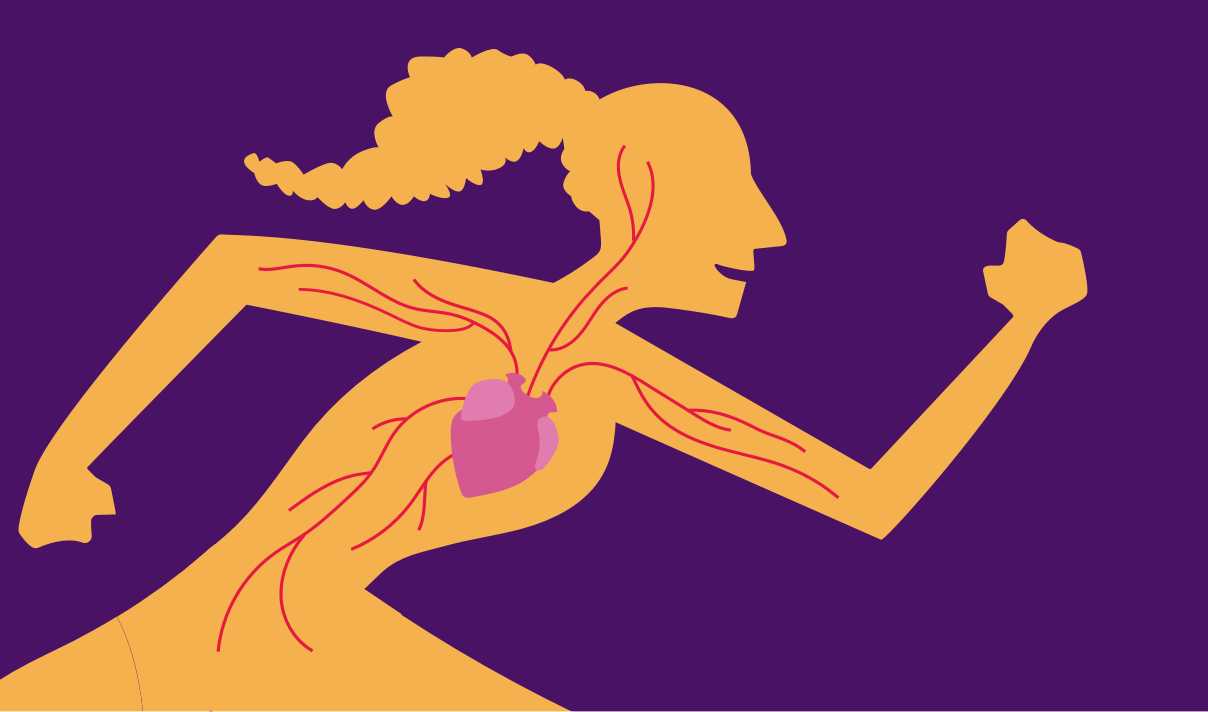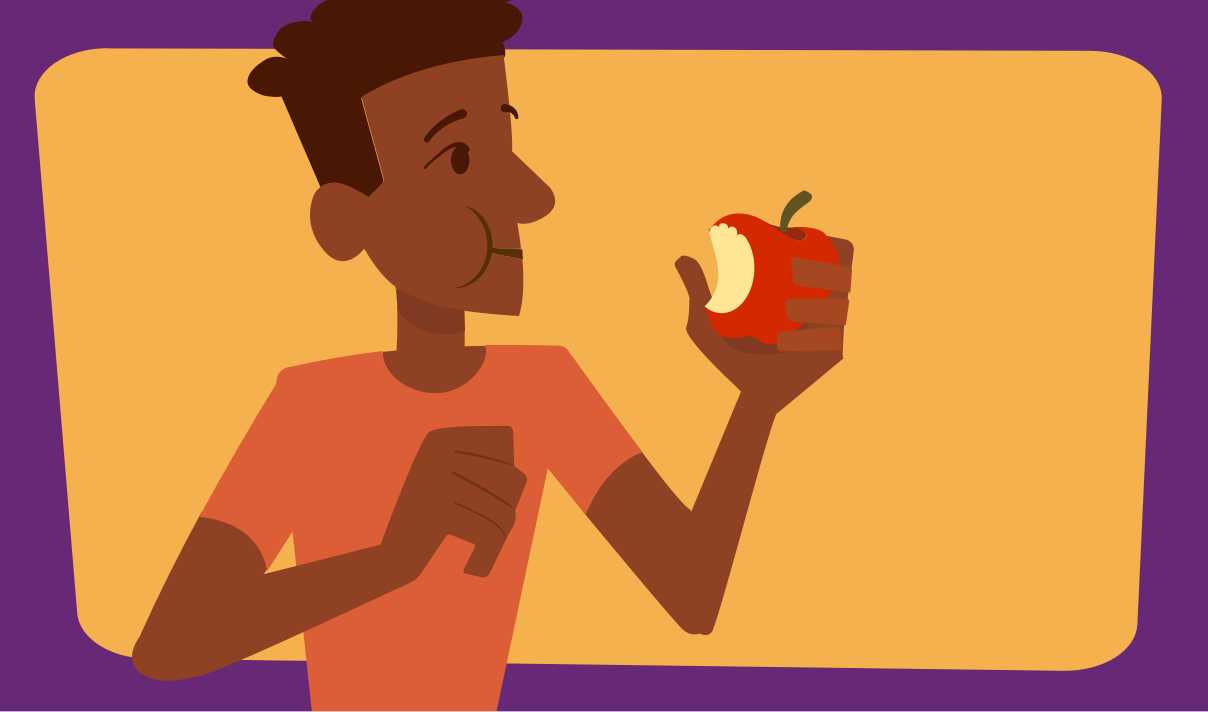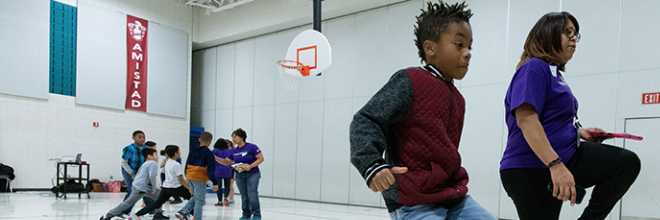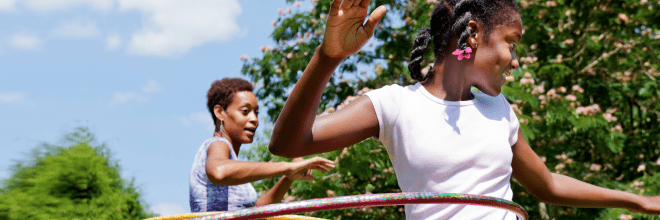RESOURCES FOR THE CLASSROOM
Bring Future Well Kids to life in your classroom by personally integrating our standards-aligned print and digital resources on body science, health, nutrition and healthy lifestyle education. Facilitate fun, flexibleand adaptable project-based learning that encourages your students aged 10-13 to take control of their own health today by developing habits that will help them maintain good health their entire lives.
SELF-PACED MODULES
Self-Paced Modules are interactive online sessions that allow your students to learn about key concepts at their own pace. In addition to the lessons, you can also use the Companion Guide below to help students complete our interactive online learning modules. Self-Paced Modules feature animation, interactive activities, and a quiz with immediate feedback.
EXERCISE FOR HEALTH

COMPANION EDUCATOR GUIDE
NUTRITIOUS EATING
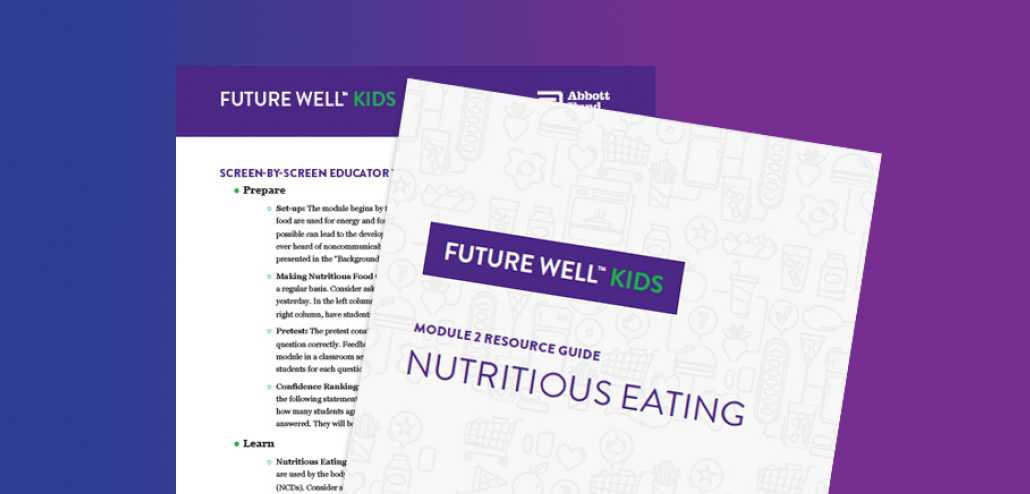
COMPANION EDUCATOR GUIDE
READY-TO-USE ACTIVITIES
Encourage healthy habits in students’ lives with hands-on activities that are easy to implement. If the Future Well Kids programme is not offered at your school, check out the Ready-to-Use Activities to teach as you see fit.

REDUCING THE RISK

NUTRIENT WISE
